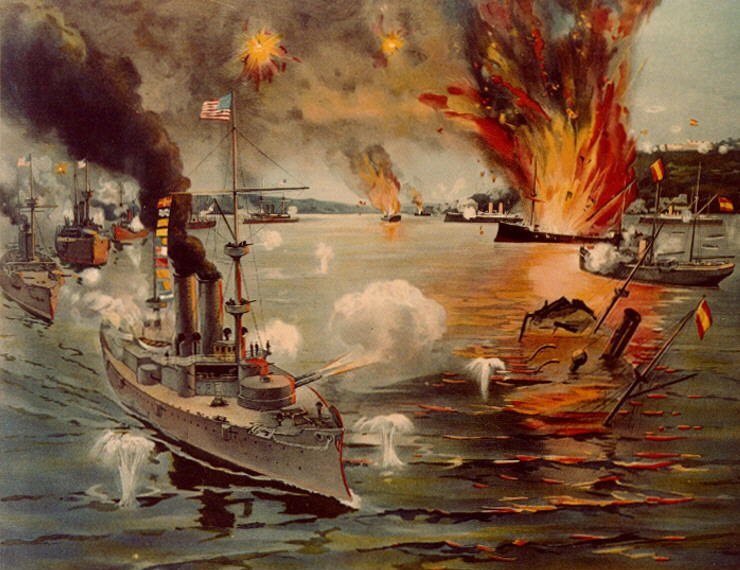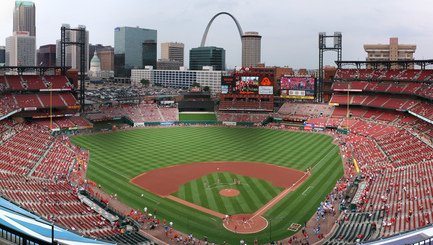Nine months before Prohibition was completely repealed, President Franklin D. Roosevelt signed the Beer and Wine Revenue Act, fulfilling a campaign promise.
Because Prohibition was still officially the law, there had to be a limit on the amount of alcohol allowed in beer, known back then as alcohol by weight. (Today’s standard is Alcohol By Volume or ABV). After holding hearings, a standard was worked out that could get the votes needed for passage — 3.2% alcohol by weight.
“The compromise ended up being 3.2 and it frankly, it’s an arbitrary number,” says Maureen Ogle, author of Ambitious Brew: The Story of American Beer. “There’s nothing magical about it.”
After Prohibition, it was a hops hodgepodge. Many states, including Kansas, made special provisions for 3.2 beer. In some states, it was the only drink allowed. Other states made it easier to buy than stronger beer, wine, and spirits.
The Missouri General Assembly put an end to the brew-haha by repealing The Nonintoxicating Beer Law in August 2009.
Based upon content from the book Missouri 365: This Day in Missouri History by John W. Brown, broadcaster and Missouri historian. Get your copy at Reedy Press.
Photo from Unsplash
Related Posts
April 29, 1898
Missouri was requested to provide five regiments of infantry and one battery of light artillery for the Spanish-American War.
April 10, 1953
On this date, officials changed the name of Sprotsman's Park to Busch Stadium.


